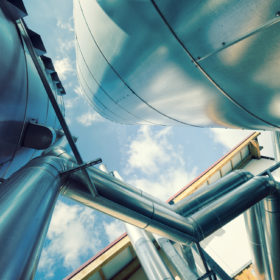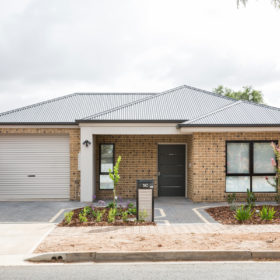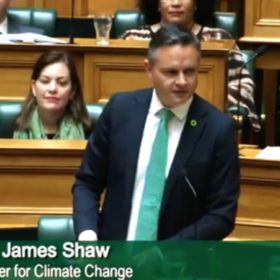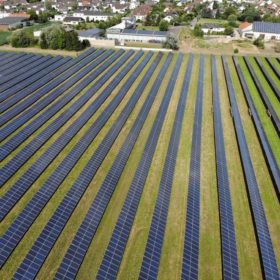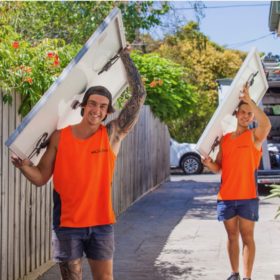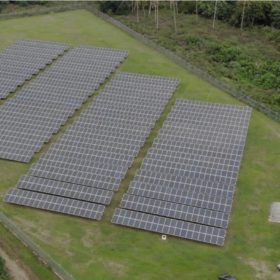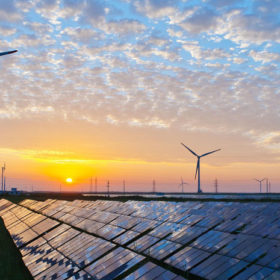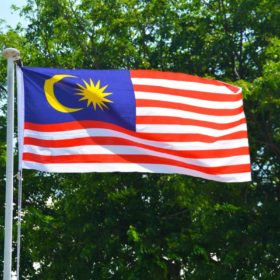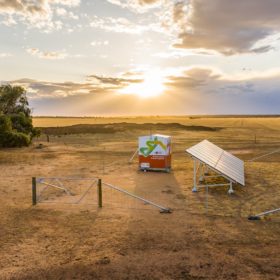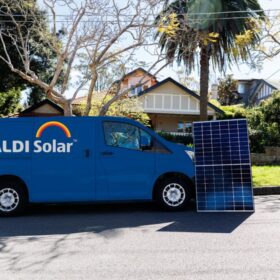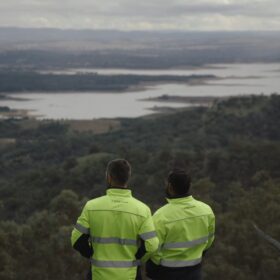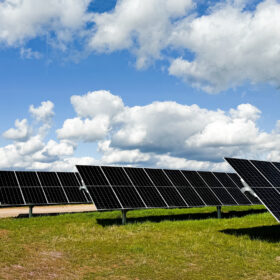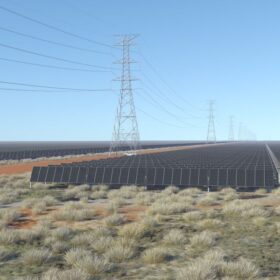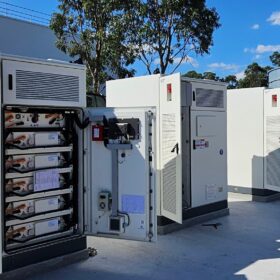ARENA receives overwhelming response to green hydrogen funding round
More than $3 billion of renewable hydrogen projects are vying for funding from the Australian Renewable Energy Agency (ARENA) to build the first commercial-scale projects in the country.
HomeBuilder misses a chance to make our homes perform better for us and the planet
The federal government’s new A$688 million HomeBuilder package might protect residential construction jobs but it’s a missed opportunity to deliver sustainability benefits that would save owners money in the long run.
A fern in its cap, NZ reforms Emissions Trading Scheme
With key decisions to be made about the economic recovery from the impacts of Covid-19, New Zealand is taking the high road. The New Zealand Government made significant reforms to its Emissions Trading Scheme, providing a long overdue cap and making progress on emissions reduction solutions for the agriculture industry.
Solar costs have fallen 82% since 2010
The levelized cost of energy generated by large scale solar plants is around $0.068/kWh, compared to $0.378 ten years ago and the price fell 13.1% between 2018 and last year alone, according to figures released by the International Renewable Energy Agency.
CEC publishes first ever national study of renewable energy workforce
The continuing dominance of the small-scale solar sector and the great potential for regional and rural jobs are just some of the findings in the Clean Energy Council’s “Clean Energy At Work”, a first-of-its-kind extensive report into the current renewable energy workforce and its potential over the next 10-15 years.
Australia tops up solar funding to Tonga
An additional $2.9 million from the Australian Government’s Outer Islands Renewable Energy Project (OIREP) is making its way across the sea to the kingdom of Tonga in the form of solar power plants and energy storage. The project is helping Tonga to achieve its target of generating 50% of its electricity from renewable sources by 2020 and 70% by 2030.
Really Australia, it’s not that hard: 10 reasons why renewable energy is the future
Australia’s latest greenhouse gas figures released on Friday show national emissions fell slightly last year. This was by no means an economy-wide effort – solar and wind energy did most of the heavy lifting.
Malaysia launches 1 GW solar tender
Sunday will herald the largest PV procurement exercise ever held in Malaysia. Half the available capacity will be directed to 10-30 MW facilities with the balance reserved for plants with capacities of up to 50 MW.
Renewable energy in the US surpassed coal for first time in more than a century
The coal era is officially over in the United States. Not since 1885, when coal replaced wood, have renewables taken the lead.
New rules pave the way for off-grid renewables to replace poles and wires
In a major reform of the energy rules, distribution businesses across Australia will be allowed to service remote areas with stand-alone power systems and avoid costly network upgrades.
